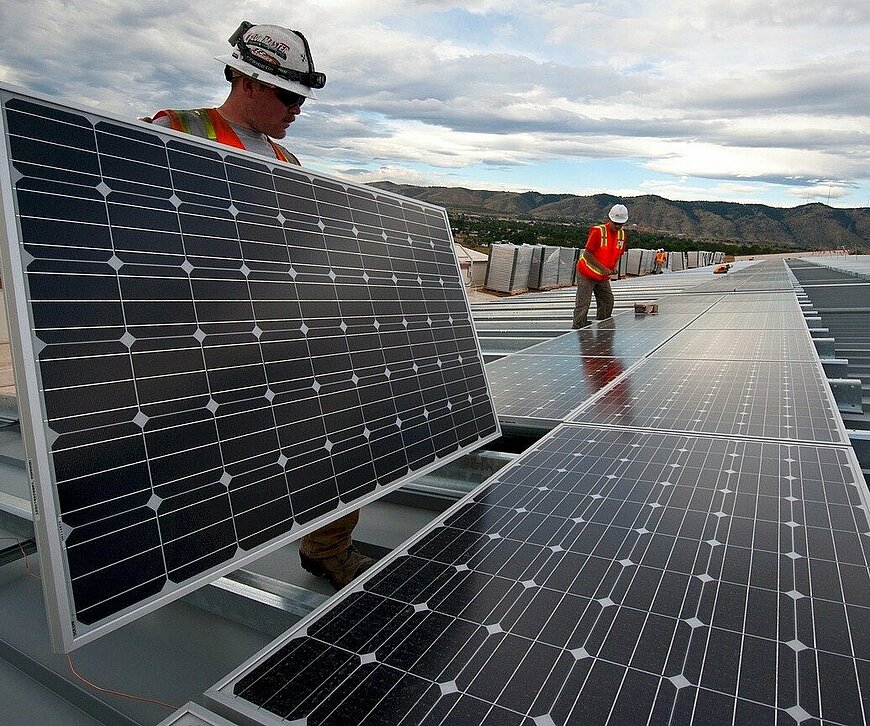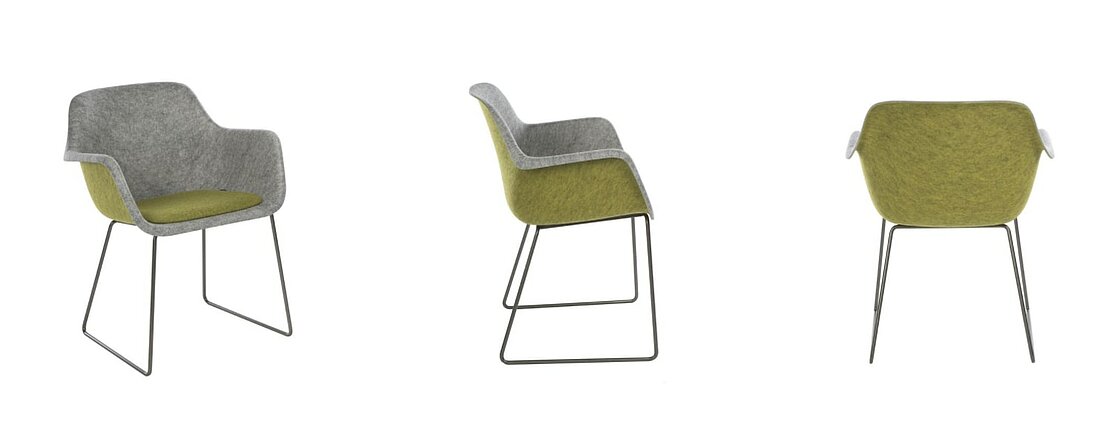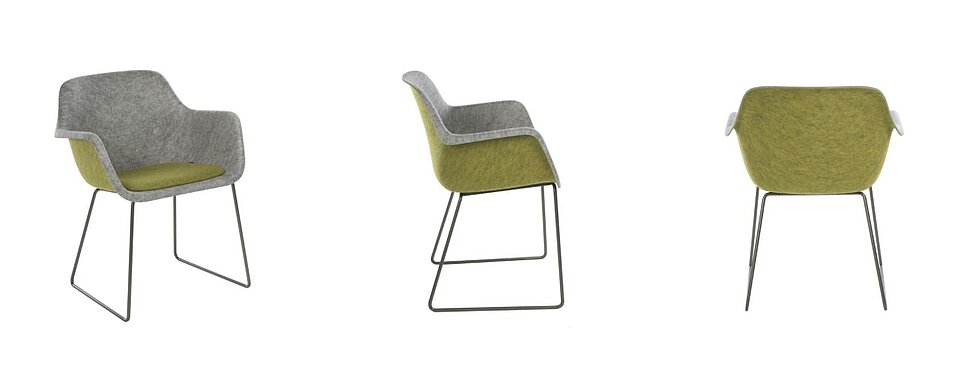Brainport Industries Campus: more green electricity and completely waste-free in the long run

With over 5400 new solar panels on the roof, the Brainport Industries Campus gets enough energy to cool and heat the building. The next objective? Become completely waste-free.
More than 1 million houses in the Netherlands now have solar panels on their roofs, according to research by Dutch New Energy. But the business community has not been idle either. Figures from CBS Statistics Netherlands show that in 2019 companies have generated more energy than homes for the first time. For companies, the increase compared to 2018 was 59 percent greater than for homes (39 percent).
These CBS figures do not yet include the more than 5400 solar panels that were installed on the roof of Brainport Industries Campus last summer. These solar panels generate a total of around 2 million kWh per year and contribute to the sustainability of the campus. ENGIE‘s Leo van der Linden explains that the energy is used to cool and heat BIC in a sustainable way. “These 5,432 solar panels supply energy to the power plant that, for example, drives heat pumps and ensures that the heat and cold storage (CHP) system works. This makes the campus even more sustainable. There were already solar panels on the roof and there is no gas connection here, which is special for such a large factory site.”
A diesel generator isn’t welcome
In addition to the energy system on the campus, ENGIE also supplies compressed air and other facilities that companies need. Together with these companies and the campus, it looks at energy needs and how these can be solved as economically as possible. Is a vacuum pump running when you’re not using it? Turn it off. According to Van der Linden, it can be small things like this. “We look at what companies need and try to deliver this as sustainably as possible, with state-of-the-art technology. A diesel generator really doesn’t enter this building”, he jokes.
In collaboration with the Brabant Development Fund (also partner and investor at BIC Utility), ENGIE is also investigating how residual heat released during production processes can be reused to heat the building, for example.
Residual flows as a new raw material
In the long term, BIC even wants to be completely waste-free. Campus director Erik Veurink doesn’t mention a moment in time yet. “But we are on the right track. We separate the water processes. We build flexibly, which means that we can adapt the building to the needs of the users. Space grows with the company, as it were, but if necessary it can also be made smaller. In addition, the entire building is 100 percent demountable. More and more companies are also switching from machining to 3D printing, which means less waste. All kinds of parties within the field labs are trying to make a new raw material for production from residual flows that are still there – metal shavings, for example”, says the campus director.
Just as PET bottles are being given a new life as a chair in part of the campus interior. Veurink: “Plastic pollutes our earth enormously, it’s everywhere. With these chairs, we’re making a small contribution to solving the plastic problem. Much more should be recycled.”
Plastic-free waters
The Felt-chair is a design by Vepa in Hoogeveen and each one is made of 60 PET bottles from the Amsterdam canals. Part of the costs of the over 250 chairs on campus will go to Plastic Whale, an organization dedicated to plastic-free waters. According to Harold van Breugel, who is responsible for the interior at BIC on behalf of Cubics, this chair is part of a bigger picture.


“Together with the campus and the tenants, we look at everything through a ‘durable lense’. For this project, we work together with Vepa, among others. Much of what you see at BIC comes from them. From chairs to worktops and desks. They don’t buy the material they use on the other side of the world but get as much as possible from local producers. A maximum of 700 kilometers around Hoogeveen, where the factory is located. When gluing products, they make sure that the glue is as environmentally friendly as possible. As far as that goes, to be honest, because glue generally is not climate-friendly. Its substances are almost impossible to recycle”, explains van Breugel.
A sustainable philosophy
Van Breugel has made a pact with the campus – as he himself calls it – to arrange everything according to a sustainable philosophy. “From design to realization, it’s the whole picture we want to take care of. We build flexibly and look at the revitalization of materials. With our knowledge, we also give advice and we investigate how we can reuse material.”
However, according to Van Breugel, the reuse of office furnishings is currently still rare. Van Breugel: “I think that 99 percent of workplaces end up on the garbage dump. The furniture has been around for 10 to 20 years and people want something new. If you want to use it again, the quality still has to be good. You have to check this to find the good pieces. Then you have to refurbish it, along the spray line. In short, a whole step-by-step plan that sometimes turns out to be more expensive than buying something new. But if you look at it through this durable lense, it can still be worth it”.